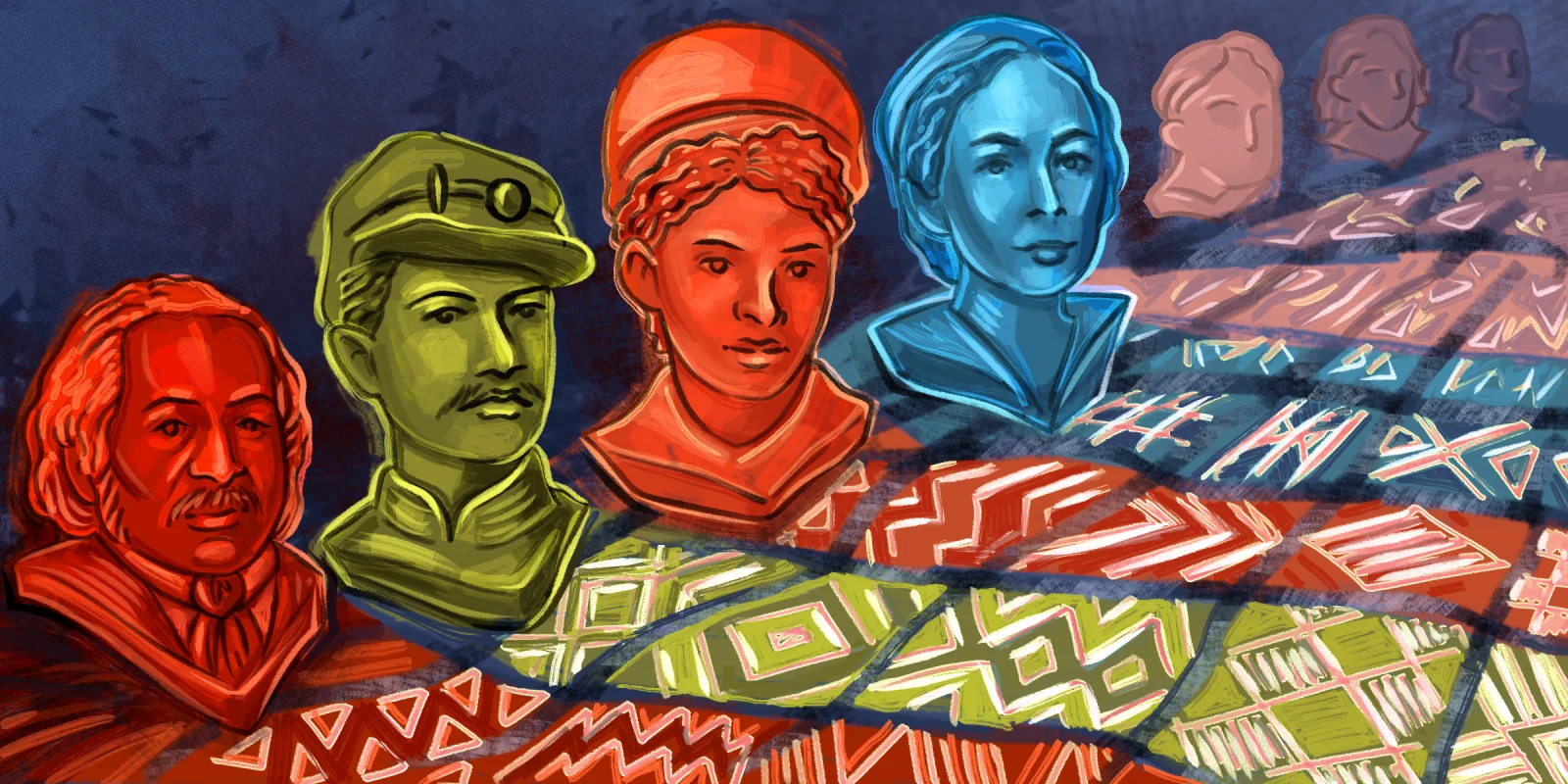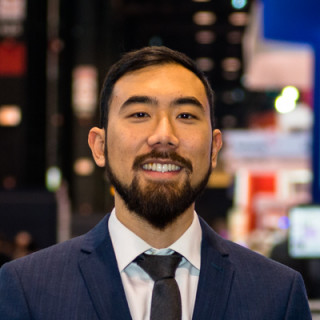More than a period of reflection, Black History Month provides the medical community with an opportunity to confront issues of the past and engage in dialogue that paves the way for future growth.
Four leaders in the areas of public health and health equity spoke with Doximity to that end, sharing from a personal lens their insight into the storied history of the annual observance and the role of medicine in its celebration.
Lessons Learned
All too familiar with the challenges involved in realizing change in health care, Marilyn Gaston, MD, RADM, the first Black female director of a U.S. Public Health Service bureau, has advocated for low-income and underserved groups throughout her entire career.
Her vision to become a physician and provide much-needed care for disadvantaged populations came to life at a very young age, when her mother fainted in their home after extensive bleeding from metastatic cervical cancer. Their family was unable to afford the cost of an emergency ride to the hospital, much less health insurance.
“At that time, as I learned more about the fact that my mother didn’t need to die prematurely, I knew I wanted to be a doctor,” Dr. Gaston told Doximity. “I had to be a doctor for poor people and those who were disadvantaged in terms of access.”
She was faced with barriers on all sides, however, from segregation at school to widespread poverty. “When I would tell my counselors and teachers about being a physician, they would say, ‘You can’t do that,’” she said. “The three reasons they gave: I was a woman, I was Black, and I was poor.”
Still, she persisted, and in 1960, with the civil rights movement in full swing, she enrolled into medical school in Ohio as the only Black female student at her institution. “Right away the racism and sexism hit you when you walked through the door,” she said. “I did have some good mentors who really helped me, all of whom were white men, and the thing is, that’s because there weren’t any women doctors.”
Her determination gave way to groundbreaking research in 1986 that demonstrated the benefits of early penicillin treatment for children with sickle cell disease. And when she became director of the U.S. Bureau of Primary Health Care in 1990, she focused on improving health care services for underserved families.
A surprise for her in recent years has been the continued dearth of Black women in medicine. Though the majority of medical students now are women, less than 5% are Black women, and that percentage falls to roughly 2% among practicing physicians. “That’s almost the way it was when I was in school 60 years ago,” Dr. Gaston said. “When I saw the data, I couldn’t believe it.”
“We still have issues,” she continued. “The good news is we have learned so much at this point, and I’m hopeful that, if we can keep everybody involved [in equity efforts], not just people of a certain race or gender or religion, then the benefits will be very substantial for everybody.”
Work to Be Done
One of the wonderful things that happened the past year was increased attention to health equity initiatives that so many health care workers of color had been working on for years, said Rhea Boyd, MD, a public health advocate and member of the American Academy of Pediatrics Executive Committee for Communications and Media.
“The Black Lives Matter movement, nominated this year for the Nobel peace prize, has pushed us in health care to think critically about the way these issues show up in hospitals and in the way we provide care,” Dr. Boyd said.
“There has been movement toward reasserting values and being more clear about equity and inclusion, but statements of values are limited in that they are symbolic approaches,” she said. “Moving forward, so much more than symbols will be necessary to actually do something about the way that racism shapes our lives.”
She pointed to the tragic case of Dr. Susan Moore as a testament to the work that remains to be done.
“Her death was a striking reminder of the way that Black folks continue to be mistreated within our health care system, even when you're a health care worker,” Dr. Boyd said. “As much as we want to talk about progress, the response to her death and the lack of acknowledgement of her poor treatment was a harrowing sign of where we are.”
This and similar recent events have brought to a head concerns over health disparities, notably so in the context of COVID-19, underscoring the pivotal role of this year’s Black History Month as a stepping stone toward increased equity.
“COVID-19 has really put front and center the issue of disparities and social determinants of health on a national level — that some people have different access to the resources needed to be able to stay alive,” said Joneigh Khaldun, MD, Chief Deputy Director for Health in the Michigan Department of Health and Human Services, who was recently named a member of the federal COVID-19 Health Equity Task Force.
“What I've been pleased to see is a heightened awareness of those issues across the country,” she said. “My hope is that, as we move forward as a society, we continue to remember the injustices, that we are intentional in our policies, our programs, our funding, and pay close attention to these inequities and disparities so that we can actually fix them.”
Dr. Khaldun offered several recommendations to help drive progress in this area:
- Engaging in conversations about equity, however uncomfortable they may be
- Promoting diversity in leadership
- Developing an equity strategy in which everyone wins
“I think it's important to understand that you don't have to change the entire world,” she said. “Just the simple act of listening to patients about what they're experiencing at home, asking them if they have transportation, if they're going to be able to isolate effectively. Even those simple things can be impactful.”
Inner Nature
Lonnie R. Bristow, MD, has exemplified the dedication required to advance change for the betterment of patients and clinicians alike. Having worked as an internist for years in the Bay Area, it was not until 1968, when the American Medical Association (AMA) officially amended its constitution to prevent racial discrimination within the organization, that he was allowed to become a member. It was nearly 30 years later, in 1995, that the AMA voted to have him serve as its first Black president.
The field of medicine has grown substantially more inclusive since that time, Dr. Bristow told Doximity. In dwelling on this progress, he was reminded of February 2004, when the U.S. Department of State invited him to be its envoy to South Africa in commemoration of Black History Month. He dedicated more than three weeks to the cause, traveling across the country and supporting local health officials and clinicians in their campaign against the ongoing HIV epidemic.
“After a conversation with an elderly physician about HIV in South Africa, I realized that the big factor was going to be culture,” Dr. Bristow said. “It was not my place to tell them what they should do. Instead, I would tell them what we had done in the U.S. and then say to them, ‘You’re going to have to fashion a South African approach to this problem.’”
The tour culminated in an increased understanding of the virus and the application of strategies to mitigate HIV transmission. What’s more, when Dr. Bristow got wind of restrictions that prohibited the South African government from purchasing affordable AIDS treatments in markets beyond the U.S., he worked with Congress to revise the legislation accordingly.
“That little-known story illustrates the existence of good people in possibly surprising places,” Dr. Bristow said. “Our inner nature as human beings is to help one another. That, to me, is the core of being a physician. Not just having sympathy for people, but having empathy for them, getting inside them and feeling what they feel.”
For decades, Dr. Bristow has embodied that sensibility, engaging with people at the intersection of health care and socioeconomic matters. He has been a central figure in establishing regulation against the tobacco industry, an outspoken voice challenging the ethics of the death penalty in California, and most recently, a mentor and health advisor to young men at a state detention facility.
“When there are tough times, you can’t just huddle and say, “Well, let me make sure I’m comfortable,’” he said. “We must make every effort to treat every human being the way we would like to be treated. And I would want every American, every physician to keep in mind what the goal is — that we are working for everybody.”
Illustration by April Brust. From left to right, Dr. James McCune-Smith, Dr. Alexander Thomas Augusta, Dr. Myra Adele Logan, and Mary Eliza Mahoney.







